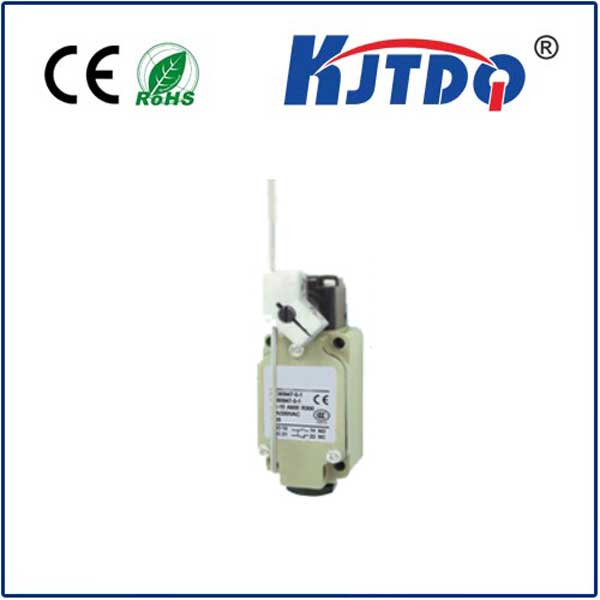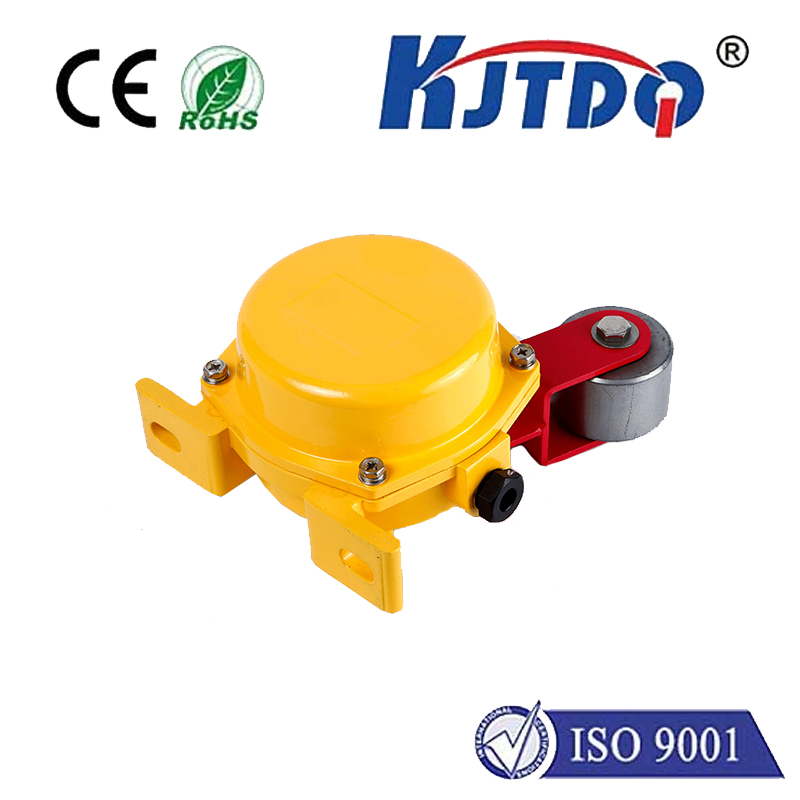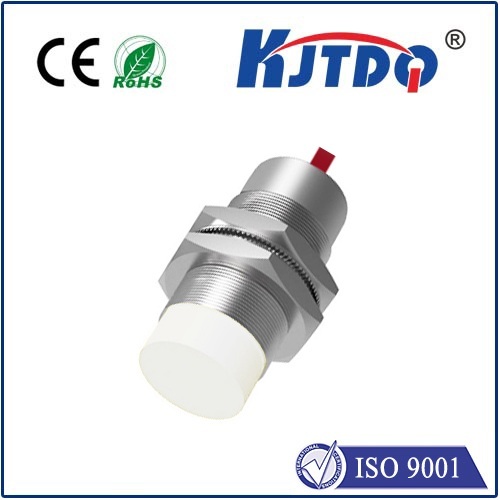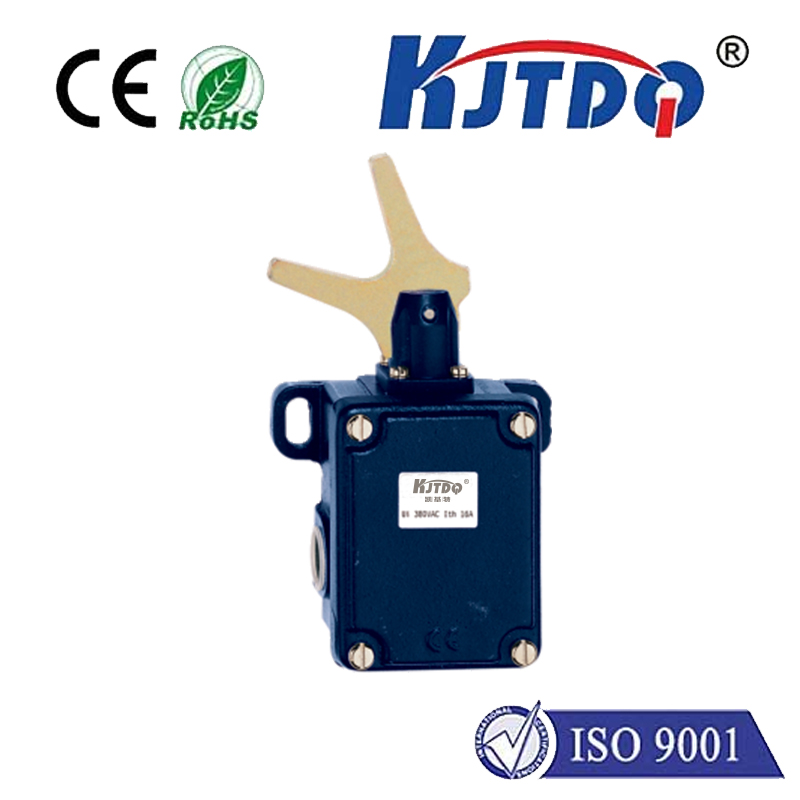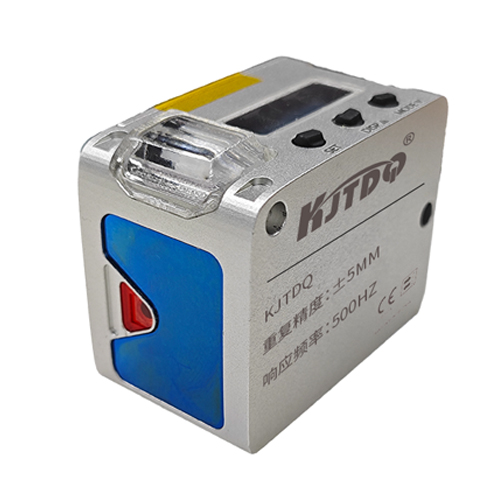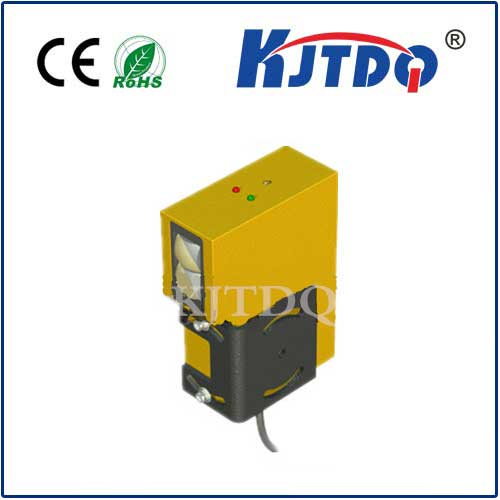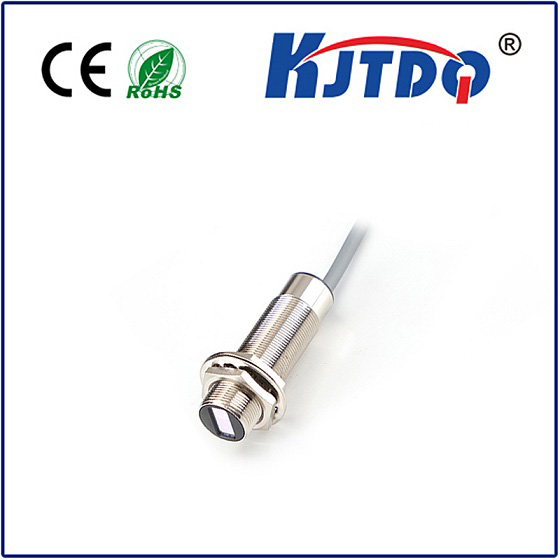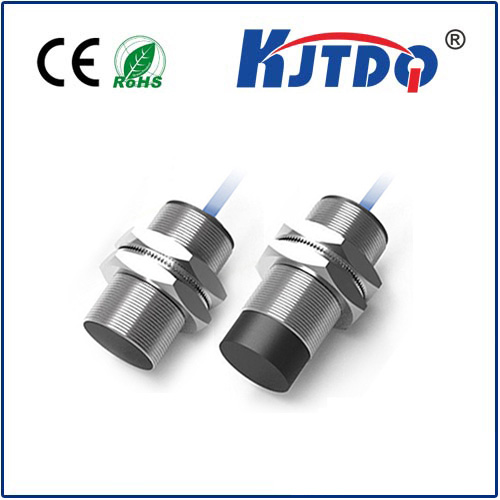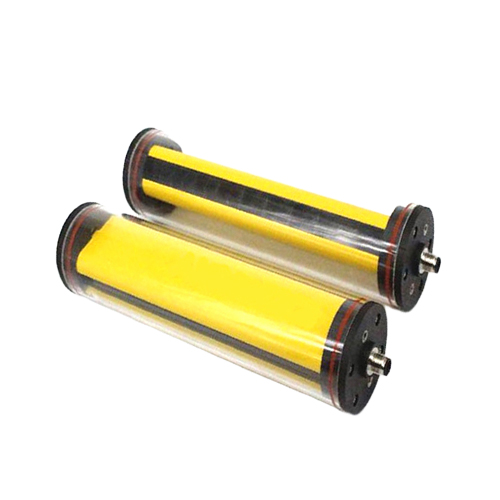sensor proximity sensor
- time:2025-07-01 01:37:08
- Нажмите:0
The Invisible Guardian: How Proximity Sensors Shape Our Daily Interactions
Think back to the last time you held your phone to your ear. Did you wonder why the screen turned off? Or consider the elevator door that senses your approach, sliding open without a touch. These subtle, almost magical interactions are made possible by a remarkable piece of technology: the датчик приближения. Far from a niche component, this non-contact detection device operates silently in the background, enhancing convenience, safety, and efficiency across countless aspects of our modern lives. Its ability to detect nearby objects without physical contact is fundamental to the seamless interfaces and automated systems we increasingly rely upon.
Unveiling the Core Principle: Non-Contact Detection
At its heart, a proximity sensor is an electronic device designed to detect the presence or absence of an object within a specific range, crucially without needing physical contact. This non-contact detection is its defining feature. But how does it achieve this seemingly simple yet sophisticated task?

The answer lies in emitting a field or beam of energy – typically an electromagnetic field, infrared light, or ultrasonic waves – and then monitoring what happens to it. When an object enters the sensor’s detection zone:
- Interaction Occurs: The object interacts with the emitted energy field. This can mean absorbing the energy, reflecting it back, disturbing the electromagnetic field, or causing a change in capacitance.
- Signal Change Detected: The sensor’s internal circuitry is finely tuned to detect this specific change or disruption in the emitted field caused by the object’s presence.
- Output Triggered: Upon detecting this change, the sensor generates an electrical output signal. This signal can be a simple “on/off” switch (object detected or not detected) or, in more advanced models, provide information about the distance to the object.
Navigating the Common Types of Proximity Sensors
Unlike a one-size-fits-all solution, various датчик приближения technologies exist, each leveraging distinct physical principles best suited for specific applications and target materials. Understanding these core types is key:
- Inductive Proximity Sensors: The undisputed workhorses of the industrial world. They generate an oscillating electromagnetic field. When a conductive metal object enters this field, it induces small electrical currents (eddy currents) within the metal. This induction draws energy from the sensor’s oscillator, causing a detectable change in the field amplitude or oscillation frequency. Consequently, they are highly reliable for detecting metals but inert against non-metallic objects. Key strengths include robustness, insensitivity to dirt/oil, and high switching frequencies for fast-moving machinery.
- Capacitive Proximity Sensors: These sensors operate by generating an electrostatic field. Any object (metal, plastic, wood, liquid, powders, or even the human body) entering this field alters the capacitance between the sensor’s electrode and ground. The sensor detects this change in capacitance. This makes them incredibly versatile, capable of detecting virtually any material type through packaging (like bottles or boxes), making them ideal for level detection (granules, liquids) or presence detection through barriers. However, they can be more sensitive to environmental factors like humidity than inductive types.
- Photoelectric Proximity Sensors (Often Called O/E or Optical): This category primarily utilizes infrared light beams. There are several configurations:
- Through-beam: Separate emitter and receiver; detection occurs when the object interrupts the light beam. Offers long range and high reliability.
- Reflective: Emitter and receiver are in the same housing; detection occurs when the object reflects the emitted light beam back to the receiver.
- Diffuse Reflection: Similar to reflective but the sensor detects light scattered back from the object itself. Range is typically shorter.
- Focusing on the proximity aspect, most photoelectric sensors used for pure presence/absence detection in close range fall into the reflective or diffuse categories. They are excellent for detecting small objects or objects of various colors, though performance can be affected by surface reflectivity, color, and ambient light conditions.
Ubiquitous Applications: Where Proximity Sensors Make a Difference
The unique capabilities of proximity sensors – fast, reliable, non-contact detection – have led to their pervasive integration across industries and consumer devices:
- Consumer Electronics Powerhouse: This is perhaps the most visible domain.
- Smartphones & Tablets: The star example - detecting when the phone is held to the ear during a call, automatically turning off the display to save power and prevent accidental screen touches. Also used in automatic screen rotation (detecting device orientation relative to the user) and enabling “Always-on Display” features by sensing when a user is looking.
- Touchless Faucets & Soap Dispensers: Enhancing contactless hygiene in public and private restrooms. Capacitive sensors detect the presence of a hand underneath.
- Automatic Hand Dryers & Paper Towel Dispensers: Capacitive or IR sensors activate operation upon hand detection.
- Interactive Kiosks & ATMs: Often use sensors to detect user approach, waking the device from sleep mode or displaying relevant options.
- Industrial Automation & Safety: This is where reliability and ruggedness are paramount.
- Position Sensing: Accurately detecting the position of machine parts, robotic arms, or conveyors on assembly lines. Inductive sensors are dominant here for metal detection.
- Object Counting: Tracking products moving down a conveyor belt.
- Level Detection: Monitoring fill levels in tanks containing liquids, granules, or powders. Capacitive sensors excel here, often detecting levels through tank walls.
- Jam Detection: Identifying blockages in machinery or material flow paths.
- Critical Safety Features: Forming part of machine guarding systems. If a safety gate is opened or a guard breached, inductive or capacitive sensors can instantly signal the machine control system to initiate a safe stop, preventing injury. Used extensively in presses, robots, and automated equipment.
- Automotive Intelligence: Modern vehicles are packed with proximity sensors enhancing safety and convenience.
- Parking Assistance Systems: Ultrasonic sensors mounted on bumpers detect obstacles during parking maneuvers, providing audible or visual warnings.
- Blind Spot Monitoring (BSM): Often using radar sensors (a specialized proximity type) to detect vehicles in the driver’s blind spot.
- Automatic Trunk/Boot Opening: Capacitive sensors under the rear bumper detect a foot gesture, enabling hands-free opening when keys are nearby.
- Collision Avoidance Systems: Advanced proximity detection forms the basis of automatic emergency braking (AEB).
- Safety: Detecting the presence of an occupant in a seat (for air

